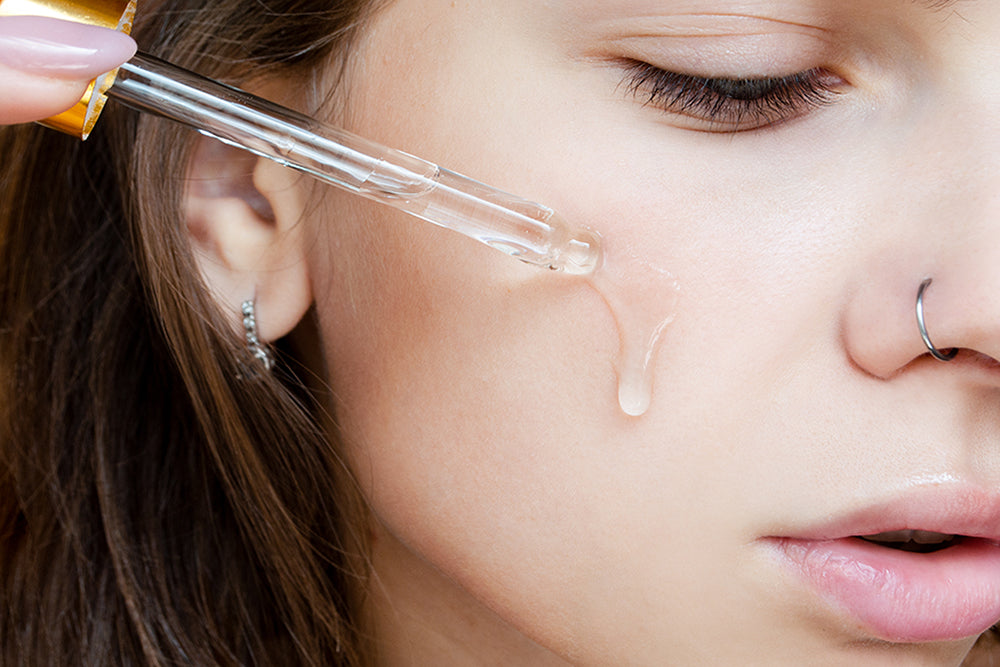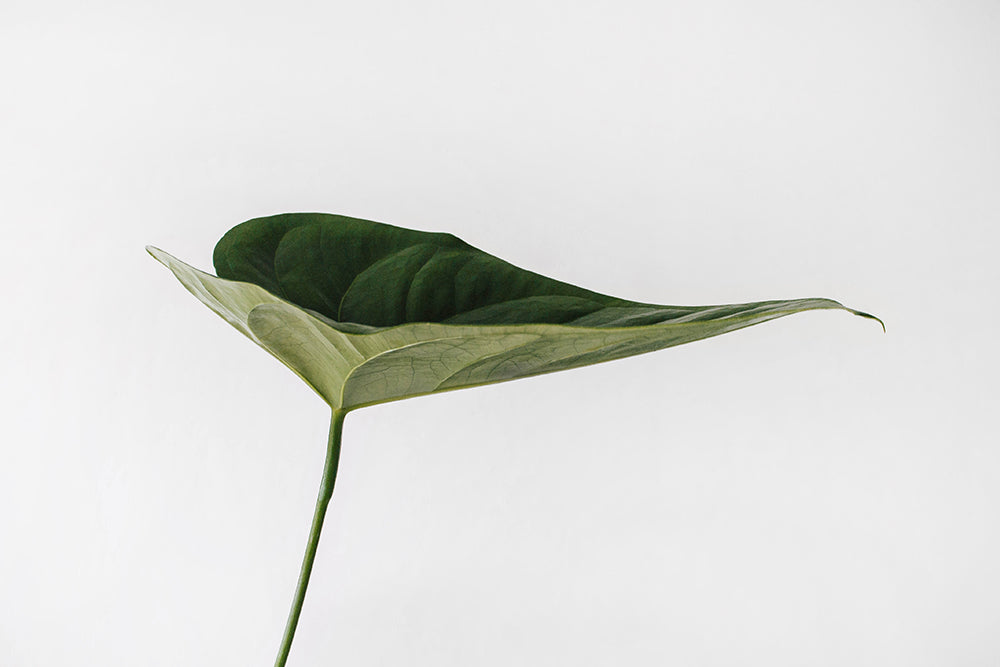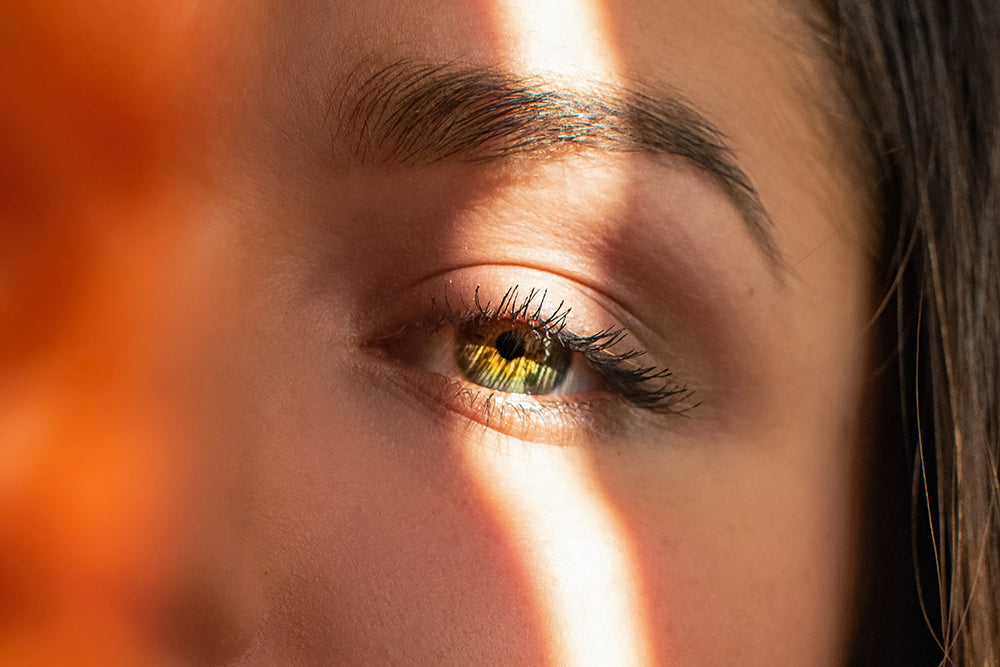
facial oils: what, how, when, where, & why

the bottom line
Using a face oil may seem counterintuitive - especially for those of us who are battling oily skin - but using the correct formula can be beneficial for any skin type. Believe it or not, specific facial oils can actually help to balance the skin’s oil production.
Facial oils are an essential part of the skincare routine for those with dry skin. In combination with a traditional moisturizer, a face oil becomes even more hydrating. By locking in water-based products, they efficiently improve the skin’s moisture levels. Oils also help us to combat signs of skin aging by providing us with essential fatty acids and anti-oxidants.
Given all of this, why wouldn’t you use oils on your face?
first layer: ingredients + skin type
Oils for the face come in two types - carrier oils and essential oils. Carrier oils are base oils which “carry” the finer essential oils. Carriers penetrate the outer 2-3 layers of the stratum corneum in the epidermis, creating an occlusive layer which traps water beneath it. Similar to the natural oils in our skin, carrier oils are also metabolized by the skin. Carrier oils are often high in essential fatty acids, including linoleic acid, linolenic acid, myristic acid, palmitic acid, oleic acid, and stearic acid.(1) Some examples of carrier oils include almond oil, jojoba oil, sesame oil, and sunflower oil.
Essential oils, on the other hand, are extracted by steam distillation or mechanical processes, and are lipid-soluble. They have more specific properties, including anti-bacterial, anti-viral, analgesic, anti-inflammatory, and even local anesthetic effects. Their anti-oxidative properties also help to protect the skin against free radical damage and skin aging. They also contain allergens, and should be used in very small quantities (usually 0.1-3%) in conjunction with a carrier oil. Some of our favorites include lavender, rose otto, sandalwood, jasmine, and yuzu essential oils.
second layer: skin types
While not all face oils are created equal, they can benefit everyone's skincare routine with the proper combination of ingredients. At anokha, we’ve created kapha facial oil for oilier skin types, pitta facial oil for combination skin, and vata facial oil to hydrate dry and mature skin. Each face oil has its own unique combination of ingredients specifically designed to work with the respective skin type.
vata facial oil: Prunus amygdalus dulcis (sweet almond) oil, virgin Sesamum indicum (sesame) seed oil, Citrus limon (lemon) peel oil, Pelargonium graveolens (geranium) flower oil, Citrus aurantium amara (bitter orange) flower oil, tocopherol (vitamin E)
pitta facial oil: capric/caprylic triglyceride, Helianthus annuus (sunflower seed) oil, Santalum spicata (sandalwood) wood oil, tocopherol (vitamin E), Cananga odorata (ylang ylang) flower oil, Jasminum grandiflorum (jasmine) flower extract, Rosa damascena (rose) flower oil
kapha facial oil: Prunus amygdalus (sweet almond) dulcis oil, Carthamus tinctorius (safflower) seed oil, Lavandula angustifolia (lavender) oil, tocopherol (vitamin E), Salvia sclarea (clary sage) oil, Citrus aurantium bergamia (bergamot) fruit oil
The ingredients used in vata facial oil help to nourish dry skin and diminish wrinkles, whereas the ingredient mix for pitta helps to balance the skin and prevent irritation. Kapha’s beauties work to restore natural oils and regulate sebum production.
third layer: order of operations
anokha is all about layering; use what you need, when you need it. Begin with an oil or cream cleanser (use both when removing makeup), followed by a light toner and serum, and finish with a face oil.
We recommend applying oils as the final step in your routine as a way of locking in the moisturizing ingredients. If you try to use a face oil prior to a water-based product, you’ll notice that the moisture is repelled and unable to penetrate the skin. Face oils can be used in the morning and/or evening, to refresh your skin during the day, or layered with your favorite moisturizer to boost hydration.
fourth layer: application of facial oils
Drop the oil onto clean fingertips and gently apply from nose to ears and then from eyebrows to hairline. As a final step, apply to the jawline and neck. Rather than rubbing the oil in, dab and pat the oil until it has been absorbed by the skin.
Because oils are concentrated solutions, they are packed with nutrients. As a result, a little oil goes a long way as part of your skincare routine. Two or three drops of oil should be enough to fully cover your face and deliver all of the benefits. For an even smoother application, add 1-2 drops of water to a few drops of oil in your palm prior to application.
a little plug: at anokha, we have customized facial oils designed for each skin type: kapha for oily or acne-prone skin, pitta for combination or sensitive skin, and vata to hydrate dry or mature skin. Each facial oil is vegan and handmade in small batches. Inside, each oil is full of powerhouse ingredients that are specifically tailored to your skin type. Outside, each oil is packaged with sustainable materials.
All this and more at www.anokhaskincare.com .
Add a layer by joining our newsletter .
xx
anokha
references:
1. Formula Botanica: www.formulabotanica.com



leave us a comment
This site is protected by hCaptcha and the hCaptcha Privacy Policy and Terms of Service apply.